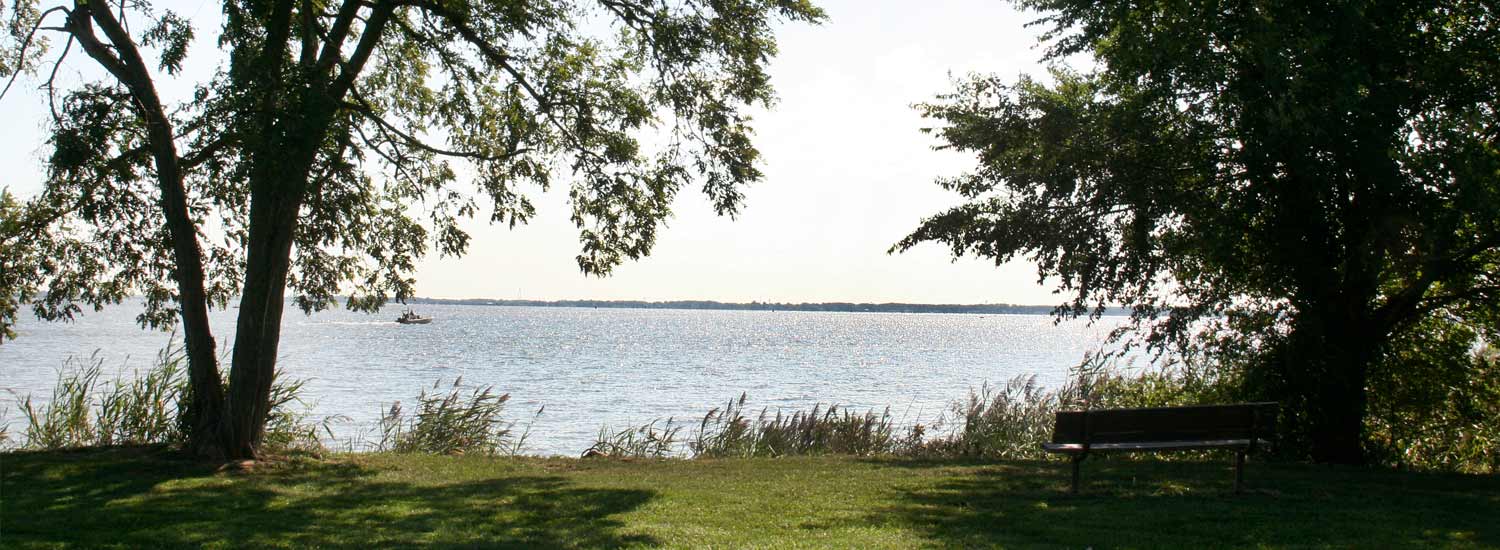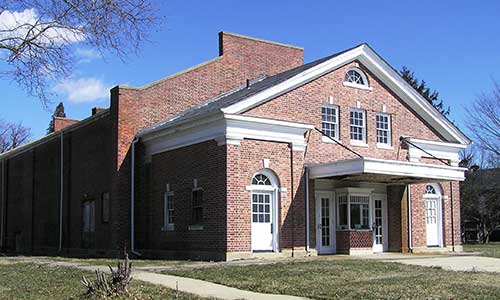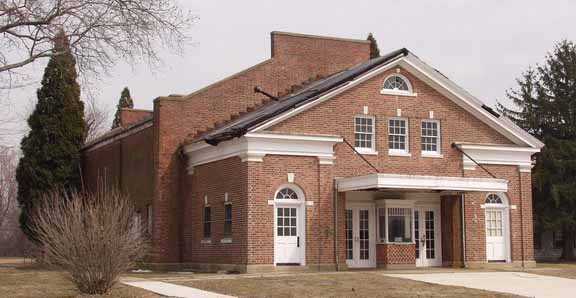

Find Your Adventure at Fort DuPont State Park

Walk the River View Trail
Walk along the River View Trail and see both Battery Elder and Battery Read and Gibson. Stop to consider the role of Fort DuPont as part of a three-fort system in the evolution of coastal defense. Bring binoculars for spotting wildlife along the trail.

Explore the Grounds
Walk around the property and read the waysides to discover the history of this park, which served as a military base from the Civil War all the way through World War II.
About the Park

Named for a Civil War U.S. Naval hero, Fort DuPont was built to protect port cities along the Delaware River, like Wilmington and Philadelphia from enemy ships. When its weaponry became obsolete after World War I, Fort DuPont’s role switched primarily to training. The backbone of Fort DuPont’s coastal defense included its rifle, mortar and rapid-fire batteries that can still be seen today. A theater built in the 1930s still stands on the property, as well. The Riverview Trail is a prime spot to watch wading birds fly between Pea Patch Island and the mainland. Visitors can also see ospreys dive for fish in the river during the summer months, a variety of waterfowl in winter and bald eagles year-round.
Fishing and Boating
TThe park is bounded on two sides by the scenic Delaware River and the Chesapeake and Delaware Canal. Use the boat launch to get out on the water to fish and explore the Delaware River. Click for information about fishing and fishing permits.
Recreation
The River View Trail takes you alongside the Delaware River and affords a glimpse of the site's rich historic past. Six gun batteries were built at Fort DuPont during what is known as the “Endicott Period” (1898-1910), and five of them can be seen along the trail: Batteries Read and Gibson, completed in 1898; Batteries Rodney and Best, and Battery Elder, completed in 1899; and Battery Elder, completed in 1904.
Upcoming Events
Fort DuPont Walking Tour
Saturday, November 23, 2024
10:00 AM
Fort DuPont served as a military base from 1899 until 1945. During the 1920s and 1930s it was a thriving community, full of people with interesting stories. This program presents the fascinating history of Fort DuPont, focusing on the period between about 1920 and 1945. Wear shoes that you don’t mind getting dirty for this program. Pre-registration required; call 302-834-7941 to register. Free
